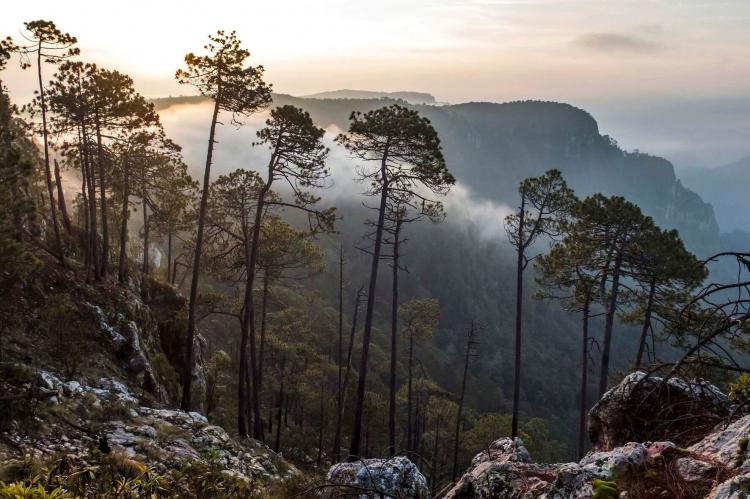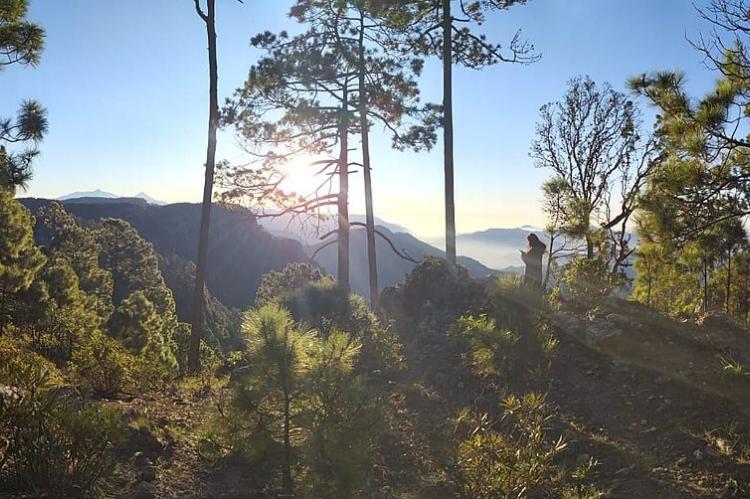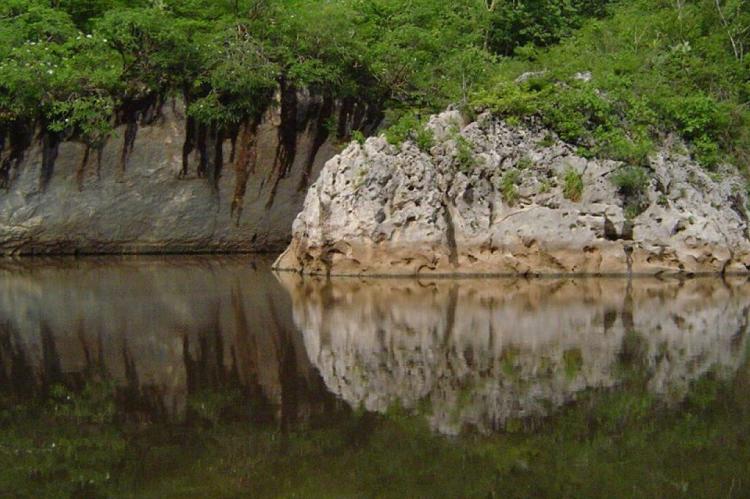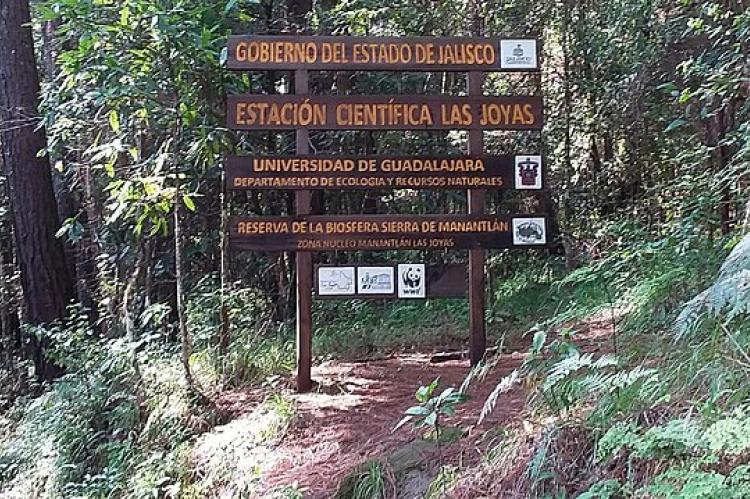Sierra de Manantlán: Preserving Mexico's Natural and Cultural Heritage
The Sierra de Manantlán Biosphere Reserve in western Mexico is a unique natural sanctuary that spans diverse habitats, straddling the boundary between the Nearctic and Neotropical realms. Its location and varied topography contribute to its critical role in preserving Mexico's rich biodiversity.
Sierra de Manantlán Biosphere Reserve: A Crucible of Biodiversity and Cultural Heritage
The Sierra de Manantlán Biosphere Reserve, spanning the states of Colima and Jalisco in western Mexico, is a unique natural sanctuary renowned for its ecological and cultural significance. Encompassing a vast expanse of diverse habitats, this Reserve straddles the transition zone between the Nearctic and Neotropical biogeographic realms, incorporating sections of the majestic Sierra Madre del Sur. Its strategic location and varied topography contribute to its critical role in preserving Mexico's rich biodiversity.
Geographical and Environmental Significance
Location and Landscape
The Sierra de Manantlán Biosphere Reserve covers a vast area of 139,570 hectares (344,844 acres), divided into core, buffer, and transition zones, with a core area of 41,898 hectares (103,532 acres). This protected area is known for its diverse altitudes, climates, and soil types resulting from significant tectonic and volcanic activity and continuous erosion processes.
Climatic Diversity
The Reserve's varied topography supports a wide range of microclimates. The area boasts an exceptional array of habitats, from mesophytic and cloud forests to dry deciduous and semi-deciduous tropical forests. This diversity is instrumental in sustaining the region's rich flora and fauna.
Biodiversity and Endemism
Flora
The Sierra de Manantlán is a botanical treasure trove, hosting over 2,900 species of vascular plants across 981 genera. The diversity of plant life is a testament to the area's complex and varied environmental conditions.
Fauna
The Reserve is a hotspot for both endemic and endangered species.
Mammals
The Reserve is home to 110 mammalian species, including notable species like the Mexican vole (Microtus mexicanus neveriae), the pocket gopher (Cratogeomys gymnurus russelli), and various large predators such as the oncilla, jaguarundi, ocelot, puma, bobcat, and jaguar. Additionally, four species of nectarivorous bats contribute to the region's ecological balance.
Birds
Among the 336 bird species identified in the Reserve, 36 are endemic to Mexico. Key species include the crested guan (Penelope purpurascens), military macaw (Ara militaris), red-lored amazon (Amazona autumnalis), and the golden eagle, Mexico's national symbol.
Amphibians and Reptiles
Eighty-five species of amphibians and reptiles have been recorded, with 13 endemic to Mexico's western and central regions. Noteworthy species include the rattlesnake, black iguana, frog Shyrrhopus modestus, beaded lizard (Heloderma horridum), and the Autlan rattlesnake (Crotalus lannomi), a species unique to the Puerto de Los Mazos area.
Fish
Of the 16 fish species identified, 13 are native, and four are endemic to the region, underscoring the ecological importance of the Reserve's aquatic habitats.
Cultural and Historical Context
Human Inhabitants
More than 40,000 people (as of 2002) live within the boundaries of the Sierra de Manantlán Biosphere Reserve. The local population primarily engages in agriculture (growing corn, beans, tomatoes, sugarcane, watermelon, and mangoes), livestock grazing, timber production, and wood extraction for fuel and minerals.
Anthropological Significance
Known to anthropologists as 'Zona de Occidente,' the region is distinct from other parts of Mesoamerica. Despite the presence of ceramic remnants, figurines, and graves, there is limited archaeological evidence about the area's early inhabitants.
Conservation Efforts and Challenges
Wild Maize Conservation
The discovery of wild maize (Zea diploperennis) in the 1970s underscored the region's agricultural significance and led to the establishment of the Biosphere Reserve in 1988. This wild maize, along with the populations of wild annual relatives (Mays ssp. parviglumis) and traditional maize races such as 'Tabloncillo' and 'Reventador,' are critical targets for conservation.
Sustainable Development
The primary goal of the Reserve is to foster sustainable development among local communities. Efforts focus on ecotourism, sustainable forest management, agriculture, and handicrafts, aiming to improve the living conditions of the inhabitants while conserving the region's natural resources.
Socioeconomic Challenges
Despite its ecological and cultural wealth, the local population faces poverty and marginalization. Commercial timber companies and local administrators have historically neglected many residents, particularly concerning land rights. The Biosphere Reserve aims to address these challenges by integrating local communities into conservation efforts and promoting alternative, sustainable livelihoods.
Conclusion
The Sierra de Manantlán Biosphere Reserve is a vital repository of biodiversity and cultural heritage in western Mexico. Its extensive range of flora and fauna, combined with significant anthropological and agricultural importance, makes it a cornerstone for conservation and sustainable development. By balancing ecological preservation with the needs of local communities, the Reserve serves as a model for integrating human and environmental well-being.

Map depicting the location and zoning of the Sierra de Manantlán Biosphere Reserve.



